How to Read Like a PhD Student
Want to know how to read like a PhD student? Then look no further! This blog post is going to break down the key points crucial to developing the reading skills of a PhD student, give you some tips and tricks, and provide insight on the best tools and practices you need to successfully and efficiently read like a graduate student. Ready? Let’s dive in!
First off, let’s cover the three different types of reading:
1. Reading for class
2. Reading for retention
3. Reading for research
reading for class
If you’re having a hard day, don’t forget to switch up your reading location and get some fresh air if you can! Often the perspective change can be really helpful
When starting a new class, it’s vital to determine which readings will be important for your class and any future research. Start off by reading the syllabus thoroughly to see which weeks are most relevant to your research. At the beginning of each week, if your readings are in books, you can use the index and table of contents to determine which chapters you might want to pay special attention to. Keep in mind that you’ll most likely be asked questions about whatever subject you are specializing in, so remember to focus on that while you read.
When it comes to note taking, developing a good note taking system that works for you can take some time. This post will get into more detail regarding not taking, but I’ve found starting by breaking up readings into three different topics to be helpful:
1. Major themes
2. Scholarship
3. Questions
As you’re reading, fill in these topics so that you can create a reference you will be able to rely on when looking for answers and participating in discussion later on.
Pro Tip: You should attend office hours for your courses to gather information on what your professors/teachers want you to get out of your readings and their courses.
2. reading for retention
Each reading is a step forward towards your graduate thesis or dissertation. Take it one step at a time!
Long term recall and active recall are vital when trying to master a topic! When we think of active recall, images of flashcards and note taking might come to mind, but that’s just getting started! Grab a camera or a friend and teach the subject to others. Being able to explain a topic in your own words and help others understand it builds long term memory. Just like anything, practice makes perfect, so keep it up!
While reading, you can break up the book into 6 topics to better categorize information for active recall:
1. Main argument
2. Supporting argument
3. Subject & sites
4. Sources
5. Methods
6. Questions
3. reading for research
Critical reading will be one of the most important skills to hone over the course of your graduate studies!
Building on the steps and the tools you’ve learned in the sections above, reading for research is similar, but requires a more methodical approach.
As you are reading for research, focus on the key takeaways of YOUR research so you can look for information will be the most applicable to your project, and keep the following in mind as you read:
Ask yourself what the main argument is, how the argument is supported, and who the argument is in conversation with. What type of questions are posed by the author? What type of sources and who does the author use as a source? Take notice of these things while you are reading, and use these topics as a guide for taking notes.
Next, let’s talk about reading books versus reading articles
Books
Books have four sections: Introduction, Chapters, Conclusion and Bibliography
Introduction - Pay the most attention to this section. This is where the main argument and scholarly discourse lies. Read thoroughly, take your time, take notes, and consider which themes and subjects pique your interest.
Chapters - Read the first 4-5 pages of a chapter. This is where the topic and argument of the chapter are presented. Then read first three sentences of each paragraph and skim the rest. The middle section of chapters focus on evidence, analysis and theory. Lastly, read the last 4-5 pages of each chapter to see what the author believes to be the most important takeaways.
Conclusion - Contains the author’s argument and key takeaways.
Articles
For articles, I suggest reading in this order:
The abstract and introduction. Similarly to books, the introduction will contain the bulk of the main argument and scholarly discourse.
Conclusion. Find the key takeaways and conclusions that the author comes to in their argument.
Headers (if included). This will provide you with an overview of the logic of the article and its evidence and argumentation.
First 3 sentences of each paragraph. Again, similar to books, the beginning of paragraphs tends to be where the key arguments lie.
Remember to indicate the main argument while reading the introduction, which is usually marked with leading language such as “This essay will discuss…”. Methods and discourse are often discussed in the introduction, but can also be found in the body.
Lastly, here are two other specific tactics you can use to further tailor your reading for research:
Apply the tips from the “Reading for Retention”, but focus only on the chapters that you believe will be important to the research you are performing.
Don’t skip on the Index/Find (PDFs). Establish a list of key terms related to your research so you can find the sections of the book using the index or ‘find’ that are directly important to your research.
TAKING NOTES
When taking notes for retention, we can lean on the categories from our “Reading for Retention” section. Wherever you choose to take notes (whether paper or digital), begin by setting up sections based on those categories. Below, I’ve included a description of the information you should be looking for in each section:
Main Argument - The thesis and center of the text. What the author believes is their contribution to the field and should be indicated clearly in your notes
Supporting Argument - Claims made by the author, but are not the central takeaway
Subjects & Sites - People and location. Who is involved in this study and where was it conducted?
Sources - Data, historical documents, pieces of art, surveys conducted, or anything used to corroborate the author’s argument.
Methods - All about analysis! How has the author analyzed their evidence to draw this conclusion.
Questions - Questions posed by the author
Notes - Where you track quotes you may want to use in the future
It can also be helpful to highlight and write in the margin of whatever you are reading so it is easier to find that information later when you are filling out your notes.
CONCLUSIONS
There is a lot of information to swallow when trying to learn how to read like a PhD student. Like everything, reading is a skill that’s mastered over time and should be personalized to fit your individual needs. Have patience and remember to practice!
If there’s anything you should take away from this blog, it’s to ask questions, take notes, and try to teach the subject to someone else so that you can create that long term memory. Try some of the tips in this article and see what works for you!





